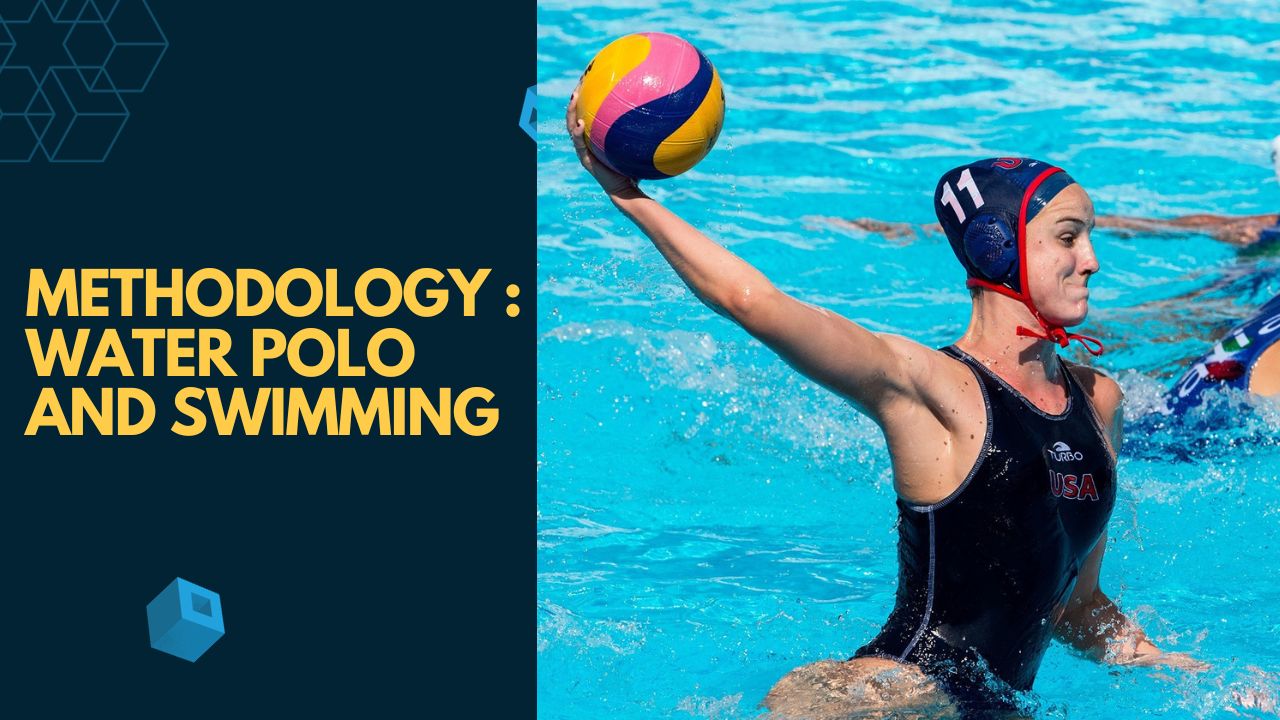Water polo and swimming are two distinct sports, but they share a common foundation in aquatic skills. Here’s an overview of the methodologies for each:
Water Polo Methodology:
Swimming Skills:
Players need strong swimming skills as the game involves constant movement in the water. Emphasize efficient freestyle and eggbeater kick, which is crucial for treading water while using the hands for ball control.
Ball Handling:
Develop fundamental ball-handling skills such as passing, shooting, and dribbling. These skills should be honed both in and out of the water.
Tactics and Strategy:
Teach players the rules of the game and basic tactics. Emphasize team strategies, positioning, and how to create scoring opportunities.
Conditioning:
Include both swimming drills and land-based conditioning to improve endurance, strength, and agility. Water polo players need to be in excellent physical shape.
Teamwork:
Foster teamwork and communication among players. Effective communication is crucial in the water, given the noise and splashing.
Game Situations:
Simulate game situations during practices. Work on strategies, set plays, and defensive maneuvers. Develop players’ ability to think and act quickly in dynamic water environments.
Goalkeeping:
Special attention should be given to goalkeepers. They need specific training to enhance their reflexes, shot-stopping abilities, and communication with the team.
Swim Methodology:
Technique:
Emphasize proper swimming techniques, including freestyle, backstroke, breaststroke, and butterfly. Efficient technique is essential for speed and endurance.
Endurance Training:
Develop swimmers’ cardiovascular fitness through a combination of distance swimming, interval training, and high-intensity sets.
Starts and Turns:
Focus on fast and efficient starts and turns, as these can significantly impact race outcomes.
Race Strategy:
Teach swimmers how to pace themselves during races, when to sprint, and when to conserve energy. This involves understanding their own capabilities and those of their competitors.
Strength Training:
Incorporate dryland strength training to build overall body strength, which contributes to better performance in the water.
Mental Preparation:
Work on mental toughness and race preparation. Swimmers should be able to manage stress, stay focused, and perform under pressure.
Flexibility and Mobility:
Include stretching and mobility exercises to enhance flexibility. This is crucial for maintaining streamlined body positions in the water.
Both water polo and swimming benefit from a balanced and holistic approach, combining technical skills, physical conditioning, and mental preparedness. Integrating these elements into a comprehensive training program will help athletes excel in their respective aquatic sports.

